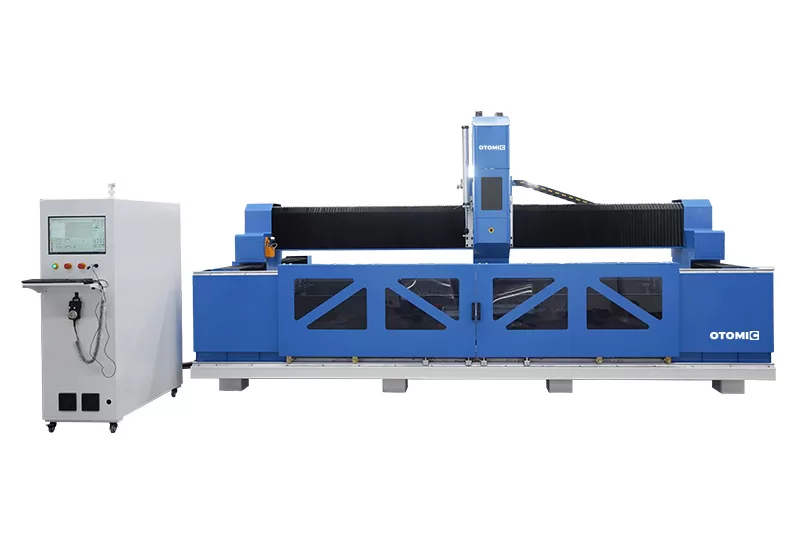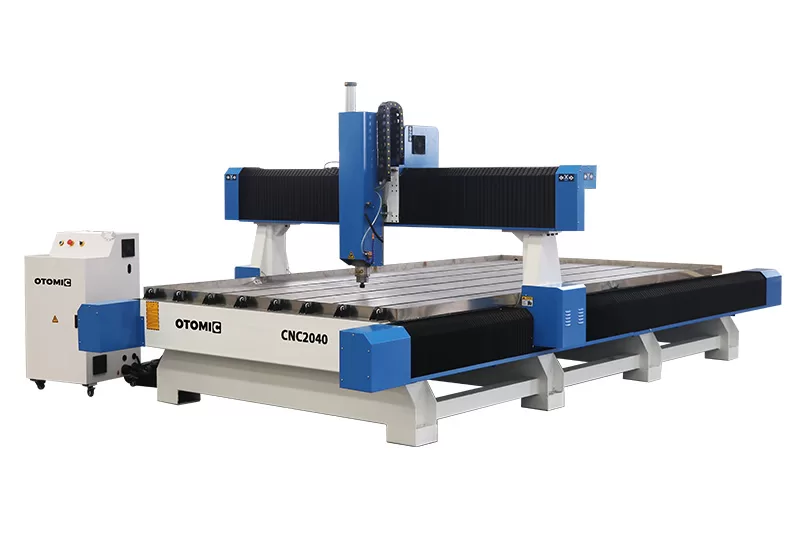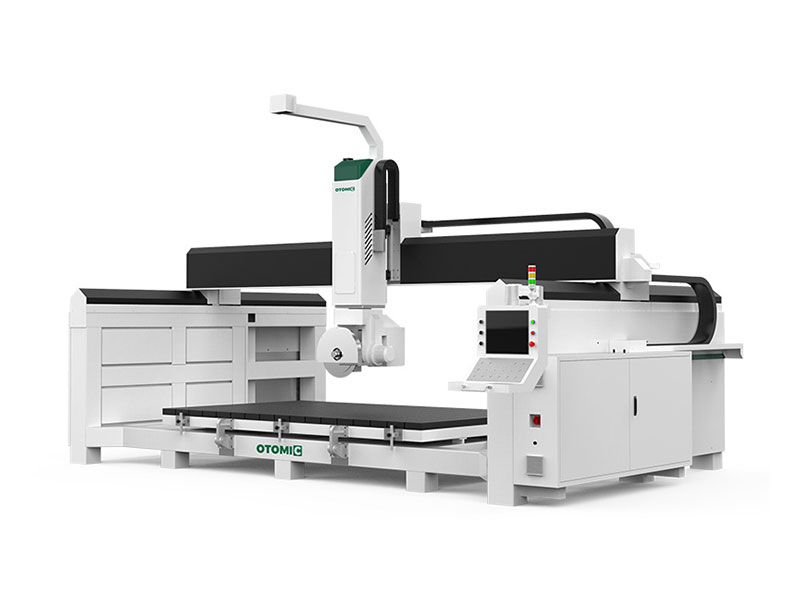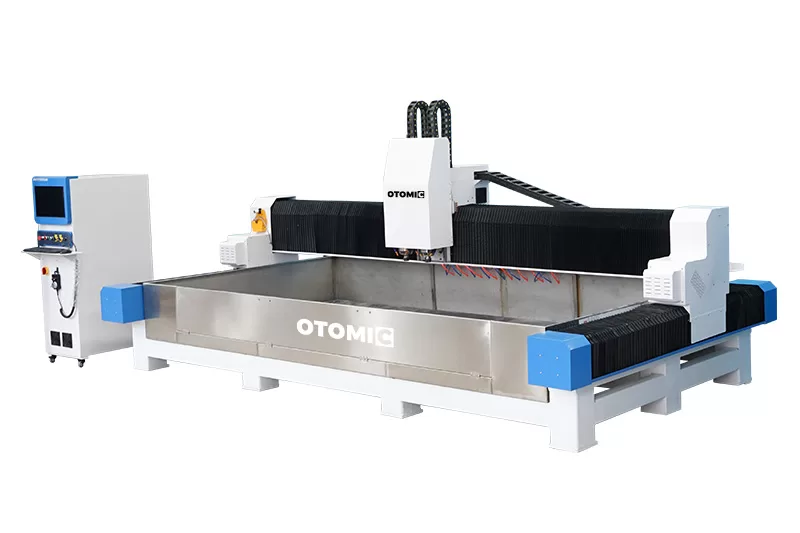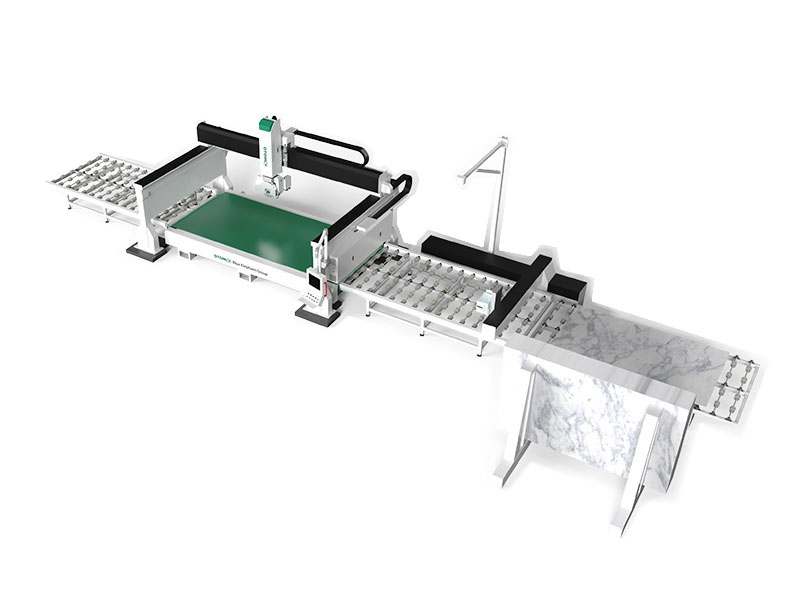Introduction of Stone CNC Machining Centers & Stone CNC Routers
Stone CNC machining centers and Stone CNC routers, each exhibiting distinctive attributes suited for particular use cases.
Computer numerical controlled (CNC) machines play a vital role in the contemporary stone industry, facilitating efficient mass production and bespoke creations with equal panache.
Apprehending these disparities enables informed decisions regarding prospective acquisitions, aligning available resources with desired objectives.
Delve into our comprehensive comparison below to ascertain whether a stone CNC machining center or a stone CNC router best caters to your professional requirements.
Definitions and Core Functionality
To initiate our exploration, familiarize yourself with foundational definitions and core functions inherent to both classifications:
Stone CNC Machining Center – Often synonymous with “multi-tool” or “gantry-style,” these units accommodate multiple tools concurrently, transitioning swiftly among them via automated procedures.
Common instruments incorporate specialized drill bits, profile cutters, and polishing attachments. Their purpose revolves around performing a multitude of tasks sequentially, expediting completion times and bolstering overall productivity.
Stone CNC Router – Recognizable by their stationary bed layouts and reciprocating spindle arrangements, routers specialize in removing excess material via routing, boring, or drilling operations.
Predominately leveraged for flattening, contouring, or pattern generation, these machines prioritize agility and precision over sheer force output.
Key Points of Differentiation
Having established essential descriptions, scrutinize salient distinctions separating stone CNC machining centers and routers:
Task Spectrum – Owing to their innate versatility, machining centers tackle broader scope assignments inclusive of finish honing, channel chamfering, hole drilling, and surface grinding.
Meanwhile, routers concentrate on dimensional reduction, achieving fine tolerances demanded by delicate trims, fillets, and intricate detailing.
Machine Architecture – Machining centers generally manifest larger footprints accompanied by considerable weight distributions, reflective of stout frames and reinforced supports needed for bearing cumbersome instrument arrays.
Conversely, routers tend toward compactness and portability, ideal for navigating cramped workshops or temporary job sites.
Workpiece Configuration – Machining centers traditionally impose size constraints commensurate with table dimensions, restricting input dimensions accordingly.
In contrast, routers employ vacuum pod suction systems compatible with oversized slabs, obviating limitations imposed by spatial confines.
Price Point – Inevitably influencing purchasing choices, price tags diverge substantively between machining centers and routers, mirroring respective technical capacities and utility ranges.
Prospective buyers must weigh expected return on investment against immediate expenditure budgets.
Related Stone CNC Machines
Conclusion
Assessing the merits and drawbacks of stone CNC machining centers versus stone CNC routers culminates in recognizing that neither constitutes an absolute solution universally applicable across scenarios.
Instead, astute practitioners identify overlaps and discrepancies germane to their specific niches, subsequently electing the most fitting alternative(s).
Whether pursuing generalist proficiency or specialist acumen, acknowledging the differential characteristics outlined heretofore illuminates strategic avenues warranting serious consideration.
Harnessing insights gleaned from our analysis, confidently embark on the journey toward realizing your operational vision, armed with knowledge tempered by discernment.

